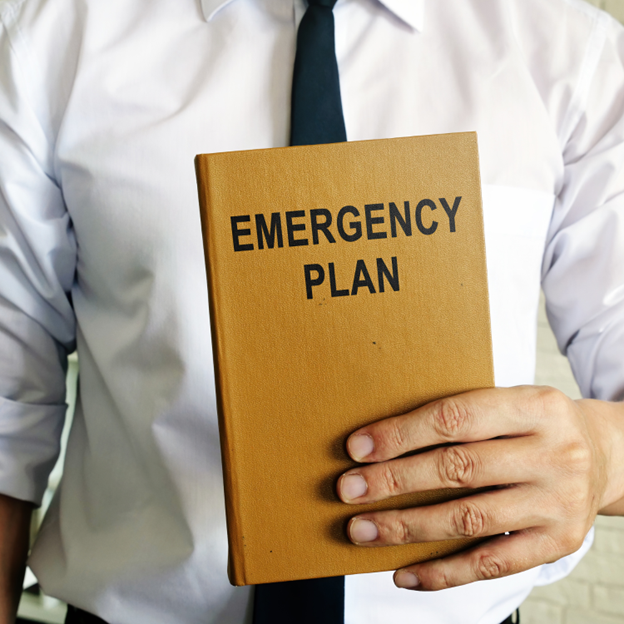Forming an emergency plan is essential for all community associations. Having a comprehensive plan will keep you ahead of the curve and allow board members to rest assured that all aspects of the association are prepared should the worst occur. In this blog post, we'll go over what to assess when forming your homeowner’s association’s (HOA’s) emergency plan and offer tips on how to create one confidently. Through careful preparation and research, you can be sure your community is well-equipped if disaster strikes.
Inspect the Common Elements
Inspecting the community's common elements is crucial when preparing an emergency plan for a community association. This includes, for example, checking the condition of the pools and ensuring that any outdoor furniture is securely fastened. Quite often, the clubhouse is a central hub for community activities, so it's important to document its current condition and ensure any damage that isn’t storm-related is noted. It's also essential to inspect storm drains and ponds to ensure they are clear, as clogged drains can lead to devastating floods in heavy rain. Lastly, ensuring that all emergency exits are clear of any obstructions or debris is crucial. By taking these steps, the safety of your community is properly accounted for in case of emergencies.
Assess the Community Finances
Conducting a financial inspection of a community association is a vital step in preparing for disaster. It’s important to assess the availability of funds to cover unexpected expenses such as deductibles or repair costs. In addition, verifying that insurance premiums are paid can prevent serious financial setbacks in the event of damage to the property. By taking a proactive approach to financial inspections, communities can protect their resources and maintain financial stability during times of disaster.
Double-check Insurance Coverage
As a board member, assessing your insurance coverage fully is important. You don't want to leave anything to chance when it comes to protecting your community. That's why we recommend reaching out to your insurance agent and scheduling a tour of the neighborhood. This will allow you to review everything together and identify any potential gaps in your coverage. By taking this extra step, you can rest assured that your association is fully protected in the event of any unforeseen circumstances. Don't wait until it's too late – take action now to ensure your coverage is adequate.
Work With Your Community Manager
At CAMS, our managers have vast experience in dealing with disaster situations. They can help lead your community through drafting an emergency plan, executing it, and coordinating repairs once the event has ended. Further, they can work alongside other professionals, such as insurance agents, to ensure you have the right coverage in place and are prepared for what is to come.
In conclusion, preparing for an emergency is critical for community associations. First, the board must regularly inspect common areas and assess their financial capability. Then they need to review the available coverage types to maximize protection while minimizing costs. And finally, they should reach out to their insurance agents if they have any questions or require advice. A community association can be better prepared in an emergency by taking these few steps. In addition, planning ahead will give property owners peace of mind that they are fully prepared in the face of adversity and uncertainty.
About Community Association Management Services
In business for over 32 years, CAMS is North and South Carolina’s premier community management company. With experienced local managers in each of its nine regions, CAMS provides innovative solutions to the community associations it serves. Additionally, CAMS was featured on Inc. Magazine’s 2022 Inc. 5000 list of the fastest-growing private companies in America. To learn more, visit www.camsmgt.com/choose-cams.
If you'd like to learn more about how CAMS guides its clients through emergency situations, you can watch a webinar on funding disaster situations here and read a case study here.


